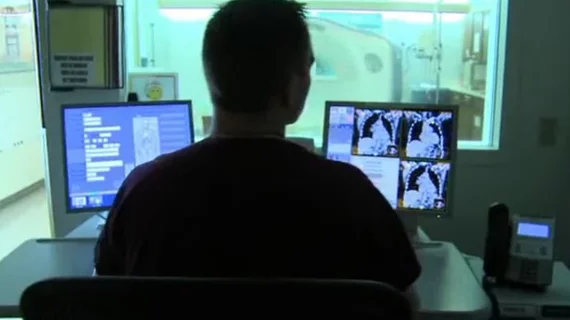PACS communication tool spots opportunities for radiologists, technologists to enhance patient care
Embedding a novel tool into picture archiving and communication systems revealed learning opportunities for radiologists and technologists to improve patient care, according to new research published Wednesday in Current Problems in Diagnostic Radiology.
For the study, experts created a closed-loop communication system between radiologists and technologists and integrated it into their academic medical system's PACS. The system categorized automatic alerts by “learning opportunity” and “patient call back.”
The findings suggest it may be useful for enhancing clinical care.
“By identifying which subspecialties and modalities create the most learning opportunities and callbacks, it may be possible to tailor educational programs for technologists in these areas,” Daniel L. Glazer, MD, with the Department of Radiology at Brigham and Women's Hospital, and co-authors wrote.
A total of 976,915 examinations were interpreted by 120 radiologists during the retrospective study. The exams included standard radiography (mammograms, fluoroscopy, plain films), MRI, CT, and nuclear medicine studies.
Out of the almost 1 million exams, only 1,935 were noted as learning opportunities. MRI exams produced the most alerts, followed by nuclear medicine, and routine radiography produced the least amount.
Researchers pointed out that call backs, which required the patient to return for additional imaging, were rare, at only 208 instances. Authors disclosed that the highest number of call backs in MRI were specific to thoracic studies, and that this may be due to either the complexity of the scan or possibly the preference of the radiologist.
“Image quality issues identified by radiologists during the interpretation process were rare and 10 times more commonly categorized as learning opportunities,” authors wrote, noting that while this is positive news, additional research may be warranted to more definitively establish how these learning opportunities can benefit patients.
You can read the full study in Current Problems in Diagnostic Radiology.

